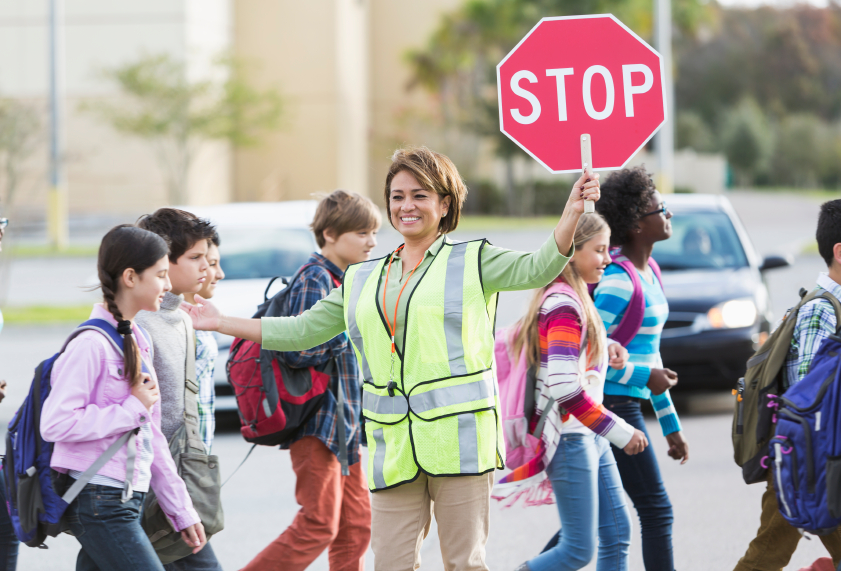Why Prevention
|
We live in a world in which we are confronted daily with a variety of stressors and/or pressures. There are constantly choices to be made; some easy and others more challenging. This can be particularly true for youth who often find themselves influenced to do, act and be a certain way. This includes choosing if and when they will use sub-stances. According to the 2012 Illinois Youth Survey McHenry County report, 37% of 8th graders, 54% of 10th graders and 71% of 12th graders report using either alcohol, cigarettes, inhalants or marijuana in the last year. Additionally, 17% of 8th graders, 31% of 10th graders and 48% of 12th graders report using alcohol in the past 30 days, while 8% of 8th graders, 19% of 10th graders and 27% of 12th graders report using marijuana in the past 30 days. Consistent prevention messages and programs delivered by multiple "channels" in a variety of environ-ments and experiences are ESSESTIAL to decreasing these percentages in the future.
|
Experimentation can lead to Addiction
According to the 2012 National Survey on Drug Use and Health, 23.1 million people ages 12 and older needed treatment for an illicit drug or alcohol use problem last year. There is no one factor that indicates if someone will become addicted to drugs. What we do know is that risk for addiction is influenced by a combination of factors. These factors include: individual biology, social environment, and age or stage of development. The more risk factors someone has, the greater chance that experimentation with drugs can lead to addiction (National Institute on Drug Abuse, November 2012). For example, we know that youth that use substances before their brain is fully developed are seven times more likely to become addicted to substances then those who wait to use once their brain is fully developed. Current research indicates that our brains fully develop between the ages of 22 and 25 years old. Current research also indicates that Addiction is PREVENTABLE!
What Prevention Is
The primary goal of prevention is to delay the onset of use of alcohol and/or other drugs. Research indicates that youth who begin use during adolescence are more likely to develop addiction at some point in their lives compared to those who delay use until adulthood. A secondary goal of prevention is to increase protective factors while decreasing risk factors. Although some factors were noted above a more comprehensive list would include the following:
Risk Factors
A lack of attachment & nurturing by parents/caregivers Parental substance use/addiction or mental illness Ineffective parenting Lack of parental supervision Peer substance use/affiliation with deviant peers Perceived external approval of drug use Week bonds with pro-social institutions (school, community, church) Inappropriate, shy, or aggressive classroom behavior Failure in school performance Poor social coping skills/resilience skills Drug availability and/or Poverty |
|
Protective FactorsSelf control
A strong bond between child and parents/caregivers Parent/caregivers that are free of addiction/mental illness Involvement in the child's life Parental monitoring/clear expectations and consequences substance/deviant free peer group Conventional norms about drug use Strong bonds with pro-social institutions (school, community, church) Age appropriate classroom behavior Success in school performance Strong social coping skills/resilience skills Anti-drug use policies Strong neighborhood attachment |
The more risk factors youth have the higher the chances are they will use. The more Protective factors youth have the lower the chances are that they will use. It is important to be mindful that what may be a risk factor for one person may not be for another. Risk factors can affect youth at different stages of their lives and with every life transition. Prevention efforts need to encompass programs that strengthen protective factors not only at each stage of development but also during life transitions.
Prevention is KEY! Prevention works when it uses consistent messages and programs in a variety of settings and experiences to educate, encourage, and empower youth to make responsible choices. Effective substance abuse prevention uses multiple channels to deliver and reinforce these consistent messages. Therefore, substance abuse prevention is everyone's responsibility ... youth, parents, schools and communities!
What Prevention is Not
Prevention is not about control. We can do everything "right" and still not have 100% control of the outcome. Prevention becomes ineffective when it attempts to control or forces or "tell" others what to do. Everyone, including youth, will make their own choices. We can influence the outcome but we can never control it.
Prevention is also not about scaring someone into not doing something. While scare tactics can create an immediate emotional response, over 60 years of research studies show that those temporary reactions do not warrant the risks of using scare tactics. In the publication, "Why Scare Tactics in Drug Prevention Messaging Don't Work, 2013," The Drug Free Action Alliance sited the following to be the top four reasons why scare tactics do not work:
1. People are hardwired to defend against negative messaging (example, Denial "it won't happen to me").
2. Young people filter information differently than adults (the prefrontal cortex, the area of the brain responsible for controlling
impulses, exercising judgment, and decision-making, does not finish developing until the mid-twenties).
3. High-Risk Groups can be more attracted to Risky Behavior (when high-risk youth are presented with scare tactics, the warnings
trigger defense mechanisms while the danger creates a thrill .... rather than serving as a warning, the messages can fuel high-
risk behavior).
4. Strong warnings can send unintended messages (youth will sense that use is the norm and that their peers are not only using,
but are accepting of use).
Prevention is also not about scaring someone into not doing something. While scare tactics can create an immediate emotional response, over 60 years of research studies show that those temporary reactions do not warrant the risks of using scare tactics. In the publication, "Why Scare Tactics in Drug Prevention Messaging Don't Work, 2013," The Drug Free Action Alliance sited the following to be the top four reasons why scare tactics do not work:
1. People are hardwired to defend against negative messaging (example, Denial "it won't happen to me").
2. Young people filter information differently than adults (the prefrontal cortex, the area of the brain responsible for controlling
impulses, exercising judgment, and decision-making, does not finish developing until the mid-twenties).
3. High-Risk Groups can be more attracted to Risky Behavior (when high-risk youth are presented with scare tactics, the warnings
trigger defense mechanisms while the danger creates a thrill .... rather than serving as a warning, the messages can fuel high-
risk behavior).
4. Strong warnings can send unintended messages (youth will sense that use is the norm and that their peers are not only using,
but are accepting of use).
Partnering for Prevention believes
At Partnering for Prevention we believe that we were all born to THRIVE. A foundation rooted in strength, courage and resilience,
allows us to operate from a place of stability regardless of what life presents. It is equally important to be surrounded by people that support us along the way. When they said "It Takes A Village," they were right. We all have influence and therefore we are all responsible. Regardless of the role you read this from (parent, community member, educator or even an adolescent yourself) if you
do not know where to start or what to do, start with contacting us!
If you ever begin to feel that you are too "small" to be effective, remember this quote:
allows us to operate from a place of stability regardless of what life presents. It is equally important to be surrounded by people that support us along the way. When they said "It Takes A Village," they were right. We all have influence and therefore we are all responsible. Regardless of the role you read this from (parent, community member, educator or even an adolescent yourself) if you
do not know where to start or what to do, start with contacting us!
If you ever begin to feel that you are too "small" to be effective, remember this quote:
Sources:
http://iys.cprd.illinois.edu/home/results/county
http://www.samhsa.gov/data/NSDUH/2012SummNatFindDetTables/NationalFindings/NSDUHresults2012.htm#ch7.3
http://www.drugabuse.gov/publications/preventing-drug-abuse-among-children-adolescents/chapter-1-risk-factors-protective-factors/what-are-early-signs; http://www.hazelden.org/web/public/substance_abuse_prevention.page,
http://www.dshs.state.tx.us/sa/Prevention/riskandprotectivefactortheory.shtm
https://www.drugfreeactionalliance.org/scare-tactics
http://iys.cprd.illinois.edu/home/results/county
http://www.samhsa.gov/data/NSDUH/2012SummNatFindDetTables/NationalFindings/NSDUHresults2012.htm#ch7.3
http://www.drugabuse.gov/publications/preventing-drug-abuse-among-children-adolescents/chapter-1-risk-factors-protective-factors/what-are-early-signs; http://www.hazelden.org/web/public/substance_abuse_prevention.page,
http://www.dshs.state.tx.us/sa/Prevention/riskandprotectivefactortheory.shtm
https://www.drugfreeactionalliance.org/scare-tactics





